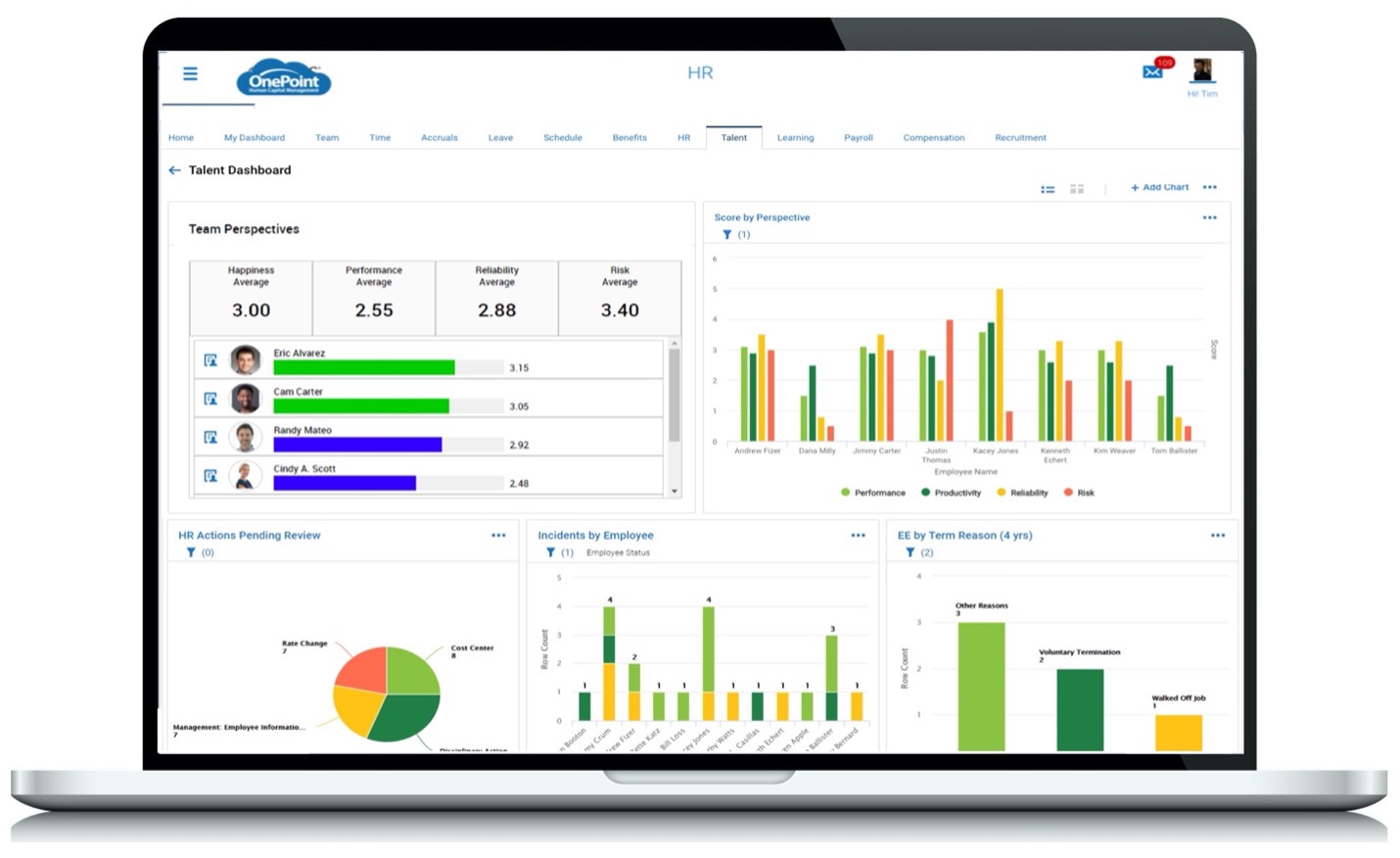Insights for Excellence: Employee Performance Analytics


Unleashing Potential: Navigating Employee Excellence with Performance Analytics
In the dynamic landscape of modern workplaces, understanding and optimizing employee performance is a strategic imperative. Employee performance analytics emerges as a powerful tool, providing insights that go beyond traditional evaluations, shaping a data-driven approach to talent management and organizational success.
The Essence of Employee Performance Analytics
Employee performance analytics transcends conventional performance reviews, delving into a comprehensive analysis of employee contributions. By leveraging data from various sources, including key performance indicators (KPIs), project outcomes, and feedback, organizations gain a nuanced understanding of individual and team effectiveness.
Harnessing Data for Informed Decision-Making
At the heart of performance analytics lies the ability to transform raw data into actionable insights. Employers can identify trends, patterns, and areas of improvement by examining performance data. This informed decision-making process ensures that strategies for employee development, recognition, and overall performance improvement are grounded in concrete evidence.
Key Metrics and Indicators
Performance analytics relies on a set of key metrics and indicators tailored to organizational goals. Metrics may include individual and team productivity, project timelines, and qualitative feedback. By defining and tracking these indicators, organizations can measure success, identify bottlenecks, and proactively address challenges in real-time.
Enhancing Employee Engagement
Employee performance analytics contributes significantly to enhancing engagement within the workforce. By providing employees with transparent insights into their performance metrics, organizations foster a culture of accountability and recognition. This transparency empowers employees to take ownership of their development and align their efforts with organizational objectives.
The Role of Technology in Performance Analytics
Advancements in technology have played a pivotal role in the evolution of employee performance analytics. Automated tools and sophisticated software solutions streamline data collection, analysis, and reporting processes. Cloud-based platforms and integrated systems enable organizations to access real-time performance data, facilitating timely interventions and adjustments.
Employee Performance Analytics at Activolaboral.com
For in-depth insights and resources on implementing effective employee performance analytics, visit Activolaboral.com. The platform offers valuable information to help organizations leverage analytics for optimizing employee performance and fostering a high-performance culture.
Tailoring Development Plans with Precision
One of the key advantages of performance analytics is the ability to tailor individualized development plans. By identifying specific strengths and areas for improvement, organizations can provide targeted training, mentorship, and resources. This personalized approach not only accelerates professional growth but also contributes to overall organizational success.
Continuous Feedback Loops
Traditional annual performance reviews are being replaced by continuous feedback loops facilitated by employee performance analytics. Real-time feedback allows for agile performance management, enabling employees and managers to address issues promptly, recognize achievements, and make data-driven adjustments to improve overall performance.
Striking a Balance: Privacy and Transparency
As organizations delve into employee performance analytics, striking a balance between privacy and transparency becomes crucial. Clear communication about the purpose, scope, and benefits of performance analytics ensures that employees understand how data is used. Transparent practices build trust and confidence in the analytics process.
The Future of Performance Analytics
Looking ahead, the future of employee performance analytics holds exciting possibilities. Predictive analytics, artificial intelligence, and machine learning are expected to further refine the accuracy and predictive capabilities of performance analytics, providing organizations with foresight into future trends and potential areas of focus.
Empowering Success Through Analytics
In conclusion, employee performance analytics is a transformative force in talent management. By embracing data-driven insights, organizations empower their workforce, foster a culture of continuous improvement, and position themselves for sustained success. As technology continues to evolve, the marriage of human potential and analytical precision will undoubtedly shape the future of work.







